Introduction
When it comes to renovating kitchens, cabinets are a crucial element that determine both functionality and visual appeal. Choosing between custom kitchen cabinets and those from big box retailers is a critical decision that affects not only the final appearance but also the durability and usability of the space.
Custom cabinets, usually made by top Chicago kitchen renovation contractors, are known for their expert craftsmanship. They offer unmatched flexibility in design, materials, and finishes. This customization includes adapting to unique kitchen layouts, ensuring a smooth fit into any home setting. On the other hand, options from big box retailers typically focus on stock or pre-fabricated cabinets—mass-produced solutions that provide quicker availability and possibly lower upfront costs.
Key Differences Between Custom Cabinets and Big Box Retailer Cabinets
Here are some important differences to consider when comparing these two choices:
- Design Software: Custom cabinet makers usually use advanced design software for personalized results, while big box retailers may have limitations.
- Service and Support: Personalized consultations and dedicated service are characteristics of custom cabinetry providers.
- Build Quality and Materials: The choice of high-quality materials in custom builds often exceeds that of mass-produced alternatives.
- Customization Levels: Full personalization versus limited stock choices.
This article explores the advantages and disadvantages of each option, with expert tips from a general contractor to help you navigate your kitchen renovation journey effectively.
Understanding Kitchen Cabinet Options
Navigating the world of kitchen cabinetry begins with understanding the three primary options available: stock cabinets, pre-fabricated cabinets, and custom cabinets. Each type offers distinct characteristics that cater to varying needs, preferences, and budgets.
Stock Cabinets
Stock cabinets are a prevalent choice among homeowners seeking cost-effective solutions. Typically mass-produced by large retailers like IKEA, Home Depot, and Lowe’s, stock cabinets come in predetermined sizes, colors, and finishes.
Characteristics of Stock Cabinets
- Standardization: Manufactured in bulk with set dimensions and styles to ensure compatibility with a wide range of kitchen layouts.
- Affordability: Generally more budget-friendly due to their mass production process.
- Availability: Readily available for immediate purchase, making them ideal for quick renovations.
- Limitations: Limited customization options mean they might not fit unique spaces precisely and could require additional modifications or fillers.
Stock cabinets are often chosen for their convenience and cost-effectiveness but may lack the personalized touch some homeowners desire.
Pre-Fabricated Cabinets
Offering a middle ground between stock and custom options, pre-fabricated cabinets provide a balance of quality and affordability. These semi-custom solutions are usually pre-assembled before delivery.
Overview of Pre-Fabricated Cabinets
- Variety: Available in a wider array of styles and materials compared to stock options.
- Pre-assembled: Delivered as complete units, reducing installation time.
- Customization Options: Some degree of personalization is possible, such as selecting different finishes or hardware.
- Suitability: Suitable for those who want more design choices without committing to fully custom solutions.
Pre-fabricated cabinets offer enhanced flexibility while maintaining ease of installation, appealing to those who seek both style and practicality.
Custom Cabinets
For individuals prioritizing bespoke design elements, custom cabinets present unparalleled options. Handcrafted to meet specific design requirements, custom cabinetry allows homeowners to create a kitchen space uniquely tailored to their vision.
Unique Features of Custom Cabinets
- Complete Personalization: Every aspect—from size to material—can be customized to fit specific needs and preferences.
- Craftsmanship: Often crafted by skilled artisans using high-quality materials like solid wood or plywood.
- Design Freedom: Ideal for unconventional layouts or when integrating unique features into the kitchen design.
- Investment Value: While initially more expensive, custom cabinets typically offer greater longevity and durability.
Custom cabinetry embodies the epitome of luxury in kitchen design, providing homeowners with the opportunity to realize their ideal aesthetic without compromising on functionality or quality.
Understanding these cabinet types helps clarify the decision-making process when planning a kitchen renovation. Each option presents its own set of benefits and trade-offs that should be weighed carefully against individual needs and budget constraints.
Design Software Used in Cabinetry
The evolution of cabinet design tools has changed how homeowners envision and plan their kitchen spaces. However, the capabilities of these tools can vary significantly depending on whether you’re working with a big box retailer or a custom cabinet maker.
Limitations of Big Box Retailers’ Design Software
Big box retailers often use standard design software that is designed for a wide audience, prioritizing simplicity and ease of use. While this may sound appealing to some, these tools often lack the depth needed for personalized designs. Key limitations include:
- Pre-set Templates: The software usually comes with generic templates that match the stock and pre-fabricated options available in-store. This can limit creativity, as users are restricted to predefined sizes and styles.
- Limited Customization Options: Personalization is minimal, often limited to basic color changes or minor adjustments in layout. This can be frustrating for those looking to create a unique kitchen that reflects their specific taste and needs.
- Simplified Interface: While user-friendly, the simplified interfaces lack advanced features required for detailed design adjustments, limiting the scope for intricate detailing or innovative design solutions.
Enhanced Capabilities of Custom Cabinet Makers’ Tools
On the other hand, custom cabinet makers use advanced cabinet design tools that allow for extensive customization. These sophisticated systems are designed to capture every detail of a client’s vision:
- Tailored Design Solutions: Unlike their retail counterparts, custom cabinet makers offer highly flexible software capable of designing cabinetry that fits any space perfectly, regardless of its complexity or size constraints.
- Advanced Visualization: Clients benefit from high-resolution 3D renderings and virtual walkthroughs that provide a realistic preview of their future kitchen. This immersive experience ensures satisfaction with the design before moving forward with production.
- Dynamic Customization Options: The level of personalization offered extends beyond aesthetics to include functional elements such as storage solutions tailored to specific needs. Whether it’s adjusting shelf heights or integrating specialized hardware, the possibilities are vast.
Why Choose Custom Over Big Box?
Choosing between big box retailers and custom cabinet makers depends on the level of personalization and innovation you want in your kitchen renovation project. If you want a truly bespoke solution where every detail is considered—from material choices to precise measurements—custom cabinet makers offer an unmatched service enhanced by cutting-edge design software.
By investing in custom cabinetry, homeowners are not just buying cabinets but creating an experience tailored to their lifestyle and preferences—a kitchen that goes beyond functionality to become a reflection of personal style and creativity.
For those also considering bathroom renovations alongside kitchen remodeling, budget-friendly luxurious bathroom remodeling ideas can provide valuable insights into creating a stunning bathroom without overspending. Furthermore, leveraging advanced design and planning resources can significantly enhance the overall remodeling experience. Don’t forget about the importance of thorough inspection during these projects to ensure everything meets your desired standards. Finally, exploring portfolio items from previous projects can offer inspiration and help you visualize your dream spaces more clearly.
Cost Considerations
Understanding the financial implications of choosing between big box retailer kitchen cabinets and custom builds is crucial for making a well-informed decision. The perception that custom cabinets are inherently more expensive often overshadows their potential as a valuable long-term investment. A closer look reveals that while initial savings may be evident with stock options, hidden costs can emerge over time.
Custom Cabinets: An Investment in Longevity
Custom cabinets often carry a reputation for being costly, yet they frequently represent an investment in quality and longevity. These cabinets are typically crafted from superior materials, ensuring durability and less frequent need for replacement or repair. Expert tips from a general contractor highlight how the upfront cost of custom cabinetry can translate into long-term savings due to reduced maintenance and replacement expenses.
Big Box Retailer Cabinets: Initial Savings vs. Long-Term Costs
- Initial Affordability: Stock cabinets from big box retailers like IKEA or Home Depot are designed to be budget-friendly for homeowners seeking immediate cost relief.
- Hidden Modifications: While initial prices might seem attractive, stock cabinets often necessitate modifications to fit specific kitchen layouts. These adjustments can lead to unexpected expenses that diminish initial savings.
- Material Limitations: The use of lower-grade materials such as particle board in many stock options can result in decreased durability, potentially leading to higher costs over time due to wear and tear.
Long-Term Value of Customization
The ability to tailor every aspect of custom cabinetry allows homeowners to create a kitchen that precisely meets their needs, maximizing both functionality and aesthetic appeal. This personalization means that the cabinetry not only fits seamlessly into the space but also aligns with individual preferences.
- Durability: Custom cabinets often incorporate high-quality materials like plywood, which contribute to their robustness and longevity.
- Reduced Need for Future Upgrades: Investing in custom solutions minimizes the likelihood of needing future upgrades or replacements, which can compound costs over time.
Exploring Additional Renovation Options
While considering kitchen renovations, it may also be worthwhile to explore other areas of your home such as the basement. You might find yourself pondering whether a daylight basement or a walkout basement would better suit your needs and lifestyle. Each option has its own set of advantages and potential resale value implications.
If you’re leaning towards enhancing your basement space, you could consider opting for a finished basement. This could significantly increase your home’s value while providing additional living space.
Moreover, when planning any renovation project, it’s crucial to carefully select the flooring materials used throughout your home. High-quality flooring can greatly enhance the overall aesthetic appeal and durability of your spaces.
Key Takeaway
When weighing cabinet costs, it’s essential to consider both immediate expenses and potential long-term investments. While big box retailer options provide initial savings, they may incur additional costs through necessary modifications and material limitations. In contrast, the up-front investment in custom builds can yield substantial returns through enhanced durability and tailored design solutions that stand the test of time.
This nuanced understanding helps homeowners make informed choices about their kitchen renovations by balancing budgetary considerations with the promise of enduring value. Additionally, exploring other renovation opportunities within your home such as basements or flooring could further enhance your living space’s value and functionality.
Overhead Costs and Pricing Strategies
When considering overhead costs and pricing strategies, custom cabinet makers often have an interesting advantage. Unlike big box retailers, which have high overhead costs due to large-scale operations, marketing expenses, and big store spaces, custom cabinet makers usually have more efficient operations. This leaner structure can lead to cost savings that benefit the customer.
Advantages of Custom Cabinet Makers
1. Lean Operations
Custom cabinet makers often work in smaller spaces, which means they don’t need large retail areas and can save on costs. They focus on direct communication with clients, reducing the number of managers involved and keeping expenses down.
2. Tailored Pricing Strategies
By cutting out many middlemen found in bigger retail chains, custom cabinet makers can offer competitive prices that are tailored to each project’s needs. This way, the client only pays for what is necessary for their specific design requirements.
Challenges Faced by Big Box Retailers
On the other hand, big box retailers have to deal with:
- Large Inventory Costs: Keeping a wide selection of stock cabinets requires a lot of storage space and complex inventory management systems. These extra costs are usually passed on to customers.
- Marketing Expenses: In order to attract a large number of customers, big box retailers need to spend a lot on advertising, which adds to their overhead costs.
Cost Differences in Practice
Here’s an example to illustrate the cost differences:
- A homeowner choosing stock cabinets from a big box store may initially see lower prices. However, if modifications are needed to fit unique kitchen dimensions or design specifics, additional expenses will come into play.
- On the other hand, a custom cabinet solution may seem more expensive at first but eliminates modification fees because of accurate measurements and personalized design, potentially saving money in the long run.
The differences between these two approaches show how custom cabinet makers can use lower overhead costs and flexible pricing strategies to provide valuable solutions without compromising quality or personalization.
Quality and Durability Comparison
The choice of materials in kitchen cabinetry plays a crucial role in determining both the quality and longevity of the cabinets. When comparing cabinet materials, plywood and particle board are two commonly used substrates, each with distinct characteristics.
Plywood: A Premium Choice
- Composition: Plywood is constructed by layering thin sheets of wood veneer, which are glued together with grains running in alternating directions. This cross-graining enhances strength and reduces the potential for warping.
- Durability: Known for its robustness, plywood offers superior resistance to moisture, making it an ideal choice for areas like kitchens where humidity levels can fluctuate.
- Longevity: Cabinets crafted from plywood tend to last longer due to their resilience and ability to withstand wear over time. This makes them a worthy investment for homeowners looking for durability.
Particle Board: An Economical Alternative
- Composition: Particle board is made from wood chips, sawmill shavings, or even sawdust bonded together using a synthetic resin. While it provides a smooth surface, its structure is less dense compared to plywood.
- Durability: More susceptible to moisture damage, particle board can swell or become distorted if exposed to water. This can compromise the structural integrity of the cabinets over time.
- Longevity: Due to its composition, particle board may not offer the same lifespan as plywood. Cabinets made from this material might show signs of wear sooner, particularly in high-use areas.
Impact on Kitchen Renovations
The decision between plywood and particle board impacts not just the initial appearance of cabinets but their performance over the years. Custom cabinet makers often opt for plywood due to its durability and ability to maintain structural integrity. In contrast, big box retailers frequently use particle board for stock cabinets—an economical choice that may require more frequent replacements or repairs.
Understanding these differences helps homeowners make informed decisions about which type of cabinetry best suits their renovation goals and lifestyle needs. The focus on quality materials ensures a kitchen space that remains functional and visually appealing over time.
Construction Methods
The construction methods used in kitchen cabinetry play a crucial role in determining both the strength and longevity of the cabinets. When comparing big box retailer kitchen cabinets vs. custom builds, it becomes clear that these differences significantly impact the overall quality and durability of your kitchen.
Dovetail Joints vs. Other Methods
One of the standout features of custom cabinets is the use of dovetail joints. This traditional woodworking technique involves interlocking wedge-shaped cuts, creating a strong bond without the need for nails or screws. The resulting joints are incredibly robust, offering superior resistance to pulling apart over time. Cabinets constructed with dovetail joints are more likely to withstand the rigors of daily use, maintaining their structural integrity for years.
In contrast, big box retailer cabinets often employ less durable construction methods:
- Butt Joints: These involve simply gluing or screwing two pieces together, which can be a weak point under stress.
- Stapled or Screwed Joints: Common in mass-produced cabinets, these may not provide the same level of durability as dovetail joints.
Implications for Strength and Longevity
The choice between these construction techniques directly influences cabinet strength. Custom cabinetry’s use of dovetail joints ensures that drawers and frames maintain their shape and function, even with heavy loads or frequent use. This translates into extended longevity, reducing the need for repairs or replacements.
Big box options might initially seem adequate; however, their reliance on less durable construction can lead to issues such as:
- Misaligned drawers due to joint failure
- Sagging shelves from inadequate support
- Overall reduced lifespan necessitating earlier replacement
Expert Tips from a General Contractor
Investing in custom-built cabinets often represents a commitment to quality craftsmanship that pays dividends over time. A general contractor might advise considering your specific needs and expectations when choosing between big box retailer kitchen cabinets and custom builds. By prioritizing robust construction methods like dovetail joints, homeowners can enjoy peace of mind knowing their investment will endure.
Understanding these distinctions empowers you to make informed decisions tailored to your renovation goals, blending style with structural excellence in your dream kitchen space.
Design Flexibility and Customization
Creating a kitchen that truly reflects your style and meets your functional needs begins with the right cabinetry. Custom cabinetry offers unmatched personalization options that cater to every aspect of your vision, ensuring each piece is as unique as your home.
Benefits of Complete Personalization
- Tailored Fit: Custom cabinets are crafted precisely to the dimensions of your kitchen. This tailored fit eliminates gaps or awkward spaces often left by stock cabinets, maximizing storage and aesthetic appeal. Whether dealing with sloped ceilings or unconventional layouts, custom solutions adapt seamlessly to your environment.
- Material Choices: With custom cabinetry, the selection of materials is extensive. From sustainable hardwoods to exotic veneers, you have the freedom to choose what best complements your kitchen design. This level of choice extends to finishes and hardware, allowing for a cohesive look throughout your space.
- Design Elements: Custom cabinets provide the liberty to integrate distinct design elements that stock options may not offer. Create unique shelving arrangements, incorporate specialized storage solutions like spice racks or pull-out trays, and select door styles that resonate with personal taste.
- Color Palette: The ability to customize colors ensures that cabinets harmonize perfectly with the overall color scheme of the kitchen. Custom cabinet makers can match any shade or create bespoke finishes, providing flexibility beyond the standard palette available in big box stores.
- Innovative Features: Incorporate modern conveniences such as soft-close mechanisms, integrated lighting, or smart technology into custom cabinets. These enhancements improve both functionality and daily living experience within the kitchen.
While stock cabinets provide a straightforward solution with limited choices, they often restrict creativity and personalization. For homeowners seeking a space that is not only functional but also a true reflection of their individuality, custom cabinetry is unmatched in delivering on those aspirations.
Accommodating Unique Spaces
Every kitchen has its own story, and this is often reflected in its layout. Unique kitchen layouts can present a variety of challenges when it comes to fitting standard-sized cabinetry from big box retailers. This is where custom cabinets shine, offering solutions that adapt seamlessly to the shapes and quirks of any kitchen space.
Tailoring to Awkward Spaces
Custom cabinets are made with accuracy and imagination in mind. Unlike stock options that come in predefined sizes, custom cabinetry can be designed to fit unconventional dimensions perfectly. Whether it’s a narrow nook or an angled wall, bespoke cabinets transform these awkward spaces into functional and aesthetic assets.
- Corners and Nooks: Custom cabinets can utilize every inch of corner space with features like rotating shelves or pull-out trays, which are not typically available in pre-fabricated options.
- Sloped Ceilings: Kitchens with sloped ceilings often struggle with traditional cabinetry. Custom solutions can include varying cabinet heights and configurations that follow the ceiling’s incline.
Meeting Specific Design Needs
Custom cabinetry also excels in meeting specific design needs that stock offerings can’t accommodate. Homeowners seeking a particular style or functionality benefit immensely from the versatility of custom designs.
- Unusual Appliances: If your kitchen includes unique appliances or fixtures, custom cabinets can be built to integrate these seamlessly, ensuring both practicality and visual coherence.
- Specialized Storage: For those requiring specialized storage solutions—such as wine racks, spice drawers, or pull-out baskets—custom options provide innovative storage solutions tailored to individual lifestyles.
The flexibility of custom cabinets provides homeowners with not just a kitchen that fits their space but one that enhances it. By turning potential obstacles into opportunities for innovation, custom cabinetry ensures that no two kitchens are alike, each reflecting the distinct personality and needs of its owner.
Lead Time and Availability
When planning a kitchen renovation project, it’s important to pay attention to the timeline. Lead time can have a significant impact on when your renovation starts and finishes, so it’s crucial to understand the differences between kitchen cabinets from big box retailers and custom-built options.
Immediate Availability vs. Tailored Craftsmanship
Big Box Retailer Kitchen Cabinets:
- Stock Cabinets: These are often ready-made and available for immediate pickup or delivery. Retailers like IKEA, Home Depot, and Lowe’s provide a range of stock options that can be purchased off-the-shelf, facilitating swift installation.
- Pre-fabricated Cabinets: Generally available with shorter lead times than custom cabinetry. While they require some assembly, pre-fabricated options from big box stores offer a balance between convenience and variety.
Custom Builds:
- Tailored Design Process: Custom cabinets involve a bespoke design phase where materials, finishes, and dimensions are crafted to your specifications. This personalization process inherently extends the lead time.
- Craftsmanship Timeline: Custom cabinet makers prioritize quality through meticulous craftsmanship. The lead time reflects the dedication to precision and detail, often extending several weeks or months depending on the project’s complexity.
Expert Tips from a General Contractor
Navigating lead times effectively can streamline your renovation process:
- Plan Ahead: Engaging with a contractor early in your decision-making process can help align expectations with timelines.
- Consider Project Scope: Larger projects might benefit from the flexibility of custom builds despite longer lead times, as they ensure every inch of space is optimized.
- Evaluate Priorities: If timing is crucial, big box retailers offer immediate solutions; however, if customization and unique design are paramount, investing time in custom builds may yield more satisfying results.
Balancing immediate availability against customized solutions allows homeowners to make informed decisions tailored to their renovation timelines and design aspirations.
Turnaround Times for Quality Service
When starting a kitchen renovation, the turnaround times for cabinet installation can greatly affect the overall project timeline. Custom cabinet makers, like Stone Cabinet Works, are known for providing fast and personalized service that often surpasses the expectations set by large retail stores.
Advantages of Custom Cabinet Makers
- Personalized Attention: Custom cabinet makers focus on providing tailored solutions that align with each client’s unique needs. This level of dedication often translates into more precise scheduling and project management, ensuring that every phase of the process is handled with care and attention.
- Streamlined Processes: With a dedicated team working on your cabinetry from design to execution, custom manufacturers like Stone Cabinet Works can streamline their processes. This efficiency results in shorter turnaround times without sacrificing quality, making them an ideal choice for homeowners who value both speed and excellence.
Limitations of Big Box Retailers
- Limited Support: Retailers often operate on a larger scale, which can lead to less personalized customer interactions. This may result in delays or miscommunications during the ordering and installation phases, extending the overall timeline.
- Standardized Procedures: The one-size-fits-all approach prevalent in big box stores might lead to longer wait times due to less flexibility in managing individual customer demands. Their processes are typically designed to cater to mass production rather than individualized service.
For instance, many homeowners have expressed concerns about the quality of Lowes kitchen cabinets, highlighting the limitations associated with such big box retailers.
The Stone Cabinet Works Advantage
Stone Cabinet Works exemplifies how custom cabinet makers can deliver timely results through:
- Efficient Project Coordination: By maintaining close communication with clients throughout the project lifecycle, they can adjust timelines proactively to accommodate any changes or challenges that arise.
- Expert Craftsmanship: Their skilled artisans work diligently to complete projects within agreed timeframes, ensuring your kitchen transformation proceeds smoothly and efficiently.
Choosing custom cabinetry not only enhances your kitchen’s aesthetic but also contributes to a seamless renovation experience facilitated by reliable turnaround times. For more insights on kitchen and bathroom remodeling, check out our blogs at Stone Cabinet Works where we provide expert tips and inspiration. If you’re considering whether custom cabinets are right for your renovation, we have plenty of resources available to help you make that decision. If you’re ready to start your renovation journey or need assistance with other construction services, feel free to submit a service request for prompt support.
Customer Support and Service Experience
When investing in kitchen cabinetry, the customer service experience often plays a crucial role in
Post-Purchase Support
The journey of kitchen renovation doesn’t end once the cabinets are installed. Ongoing post-purchase support is crucial in ensuring that your investment continues to meet your expectations and withstands the test of time. Understanding the differences in support between big box retailers and custom cabinet makers can significantly impact your decision.
Big Box Retailer Kitchen Cabinets
- Limited Support: After purchasing kitchen cabinets from a big box retailer, customers often encounter limited post-purchase support. The service typically involves basic installation assistance and a standard warranty, but lacks personalized follow-up.
- Self-Service Model: Many of these retailers operate on a self-service model where after-sales issues such as repairs or replacements may require the homeowner to handle most logistics themselves.
- Generic Solutions: With mass-produced products, solutions offered by big box stores tend to be generic, sometimes requiring compromises that might not align perfectly with unique needs or preferences.
Custom Builds
- Personalized Attention: Custom cabinet makers pride themselves on providing personalized post-purchase support. This includes site visits to address any concerns, adjustments, or enhancements needed over time.
- Expert Tips from a General Contractor: Custom cabinet makers often work closely with general contractors who offer expert advice tailored to the specifics of your kitchen layout and cabinetry choices.
- Comprehensive Warranties: In addition to higher quality craftsmanship, custom builds frequently come with comprehensive warranties that cover a broader range of potential issues compared to standard stock options.
Opting for custom cabinetry implies a commitment not only to superior design and material quality but also to a supportive relationship with the provider that extends beyond installation day. Collaboration with skilled professionals ensures potential issues are handled efficiently, allowing your dream kitchen to remain functional and beautiful for years to come.
To further enhance the functionality of your kitchen post-renovation, consider investing in specialized storage solutions like under sink organizers. These can greatly maximize your storage space, making your kitchen even more efficient.
Making The Right Choice For Your Kitchen Renovation Needs
When starting a kitchen renovation, the decision on which cabinets to choose is very important. It’s essential to find a balance between quality and cost, but investing in well-made kitchen cabinets can completely change your space, both in terms of appearance and functionality.
Expert Tips from a General Contractor explain why custom cabinets are better than those sold at large retail stores. Custom kitchen cabinets offer unmatched personalization, making sure that your one-of-a-kind design idea becomes a reality. Although they may seem expensive at first, the long-term benefits—such as increased durability, unique craftsmanship, and precise fitting—often make up for the cost.
Big Box Retailer Kitchen Cabinets vs. Custom Builds
While stock options might seem budget-friendly, they often lack the tailored touch required to meet specific needs.
Investing in Quality
Prioritizing quality over short-term savings ensures a kitchen that stands the test of time.
Stone Cabinet Works exemplifies this commitment to excellence with their swift turnaround times and exceptional service quality. For those looking to buy kitchen cabinets or seeking expert guidance on kitchen cabinet installation, their team delivers personalized solutions that cater to individual preferences and project requirements.
Choosing wisely not only enhances your kitchen’s functionality but elevates your home’s overall appeal, bringing joy and satisfaction for years to come.
To further optimize your kitchen space, consider implementing some tips to keep your kitchen counter neat and clean which can significantly improve the usability of your kitchen. Additionally, if you’re also looking for smart bathroom storage ideas to maximize your bath space during this renovation process, there are plenty of resources available.
If you’re contemplating a more extensive renovation such as a kitchen remodel in Fox Lake, Illinois, it’s essential to understand the factors to consider when installing kitchen countertops in Illinois as this can greatly influence the outcome of your renovation project.
FAQs (Frequently Asked Questions)
What are the key differences between custom kitchen cabinets and big box retailer cabinets?
The key differences include design capabilities, service quality, build quality, materials used, and customization options. Custom cabinets offer personalized designs and higher quality materials, while big box retailers often provide stock options with limited customization.
Why should I consider the long-term value of custom cabinets over their initial cost?
While custom cabinets may have a higher initial cost, they often provide better durability and longevity, resulting in lower hidden costs associated with modifications or replacements in the future. This makes them a more valuable investment in the long run.
How do lead times for custom cabinetry compare to big box store options?
Custom cabinetry typically has longer lead times due to the personalized design and manufacturing processes involved. In contrast, big box stores offer immediate availability for stock cabinets but may lack the tailored fit that custom options provide.
What advantages do custom cabinet makers offer in terms of customer service?
Custom cabinet makers often provide personalized consultations and ongoing support post-purchase, ensuring that clients receive tailored service throughout the entire process. This contrasts with the limited support typically available from big box retailers.
Can custom cabinets be designed to fit unique kitchen layouts?
Yes, one of the significant benefits of custom cabinetry is its ability to adapt to unique kitchen layouts or specific design needs that stock options cannot address. Custom solutions can optimize space and functionality in ways standard cabinets cannot.
What construction methods differentiate custom cabinets from those at big box retailers?
Custom cabinets often use superior construction techniques such as dovetail joints which enhance strength and longevity. In comparison, many big box retailer cabinets utilize simpler methods that may compromise structural integrity.
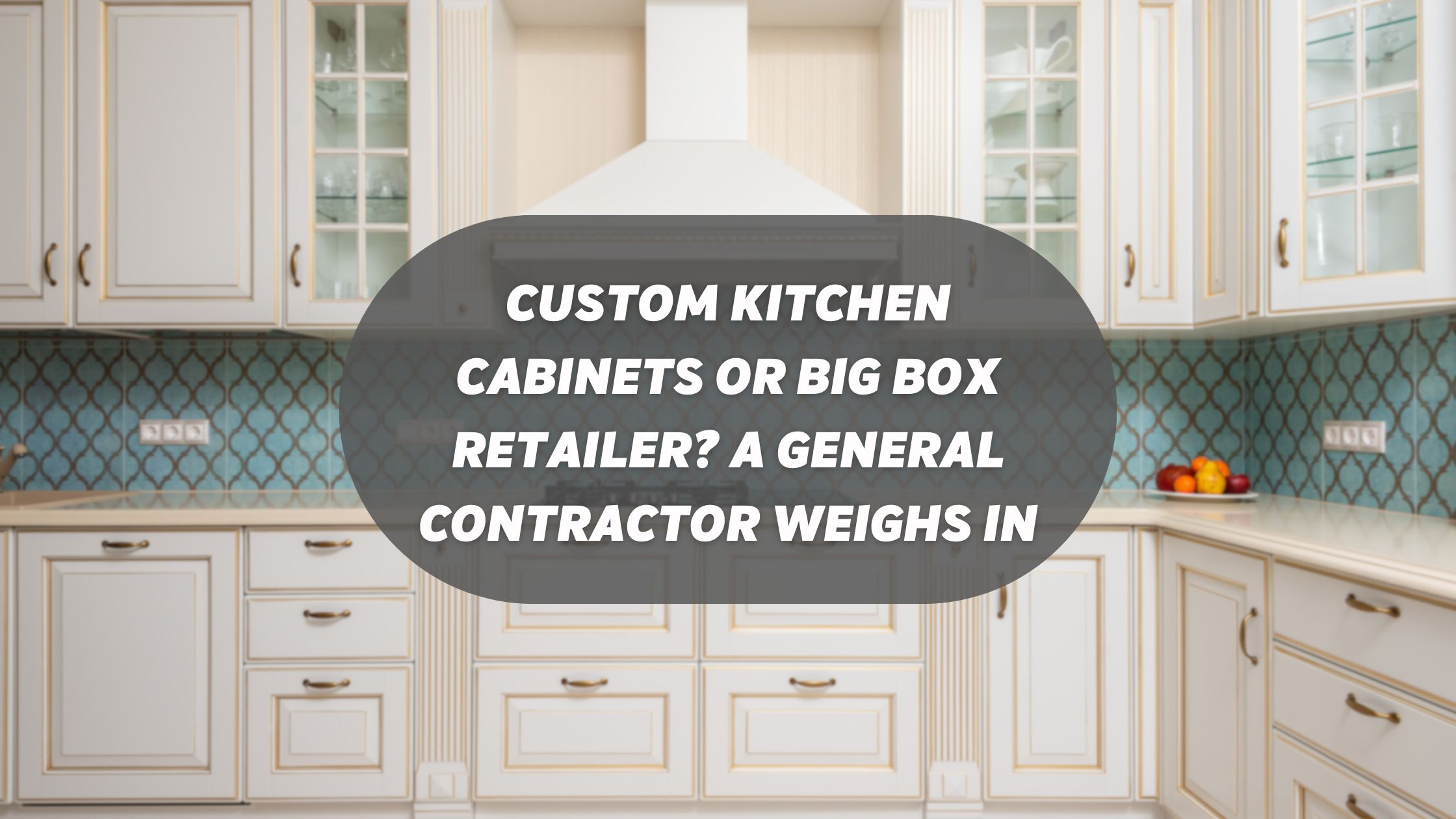
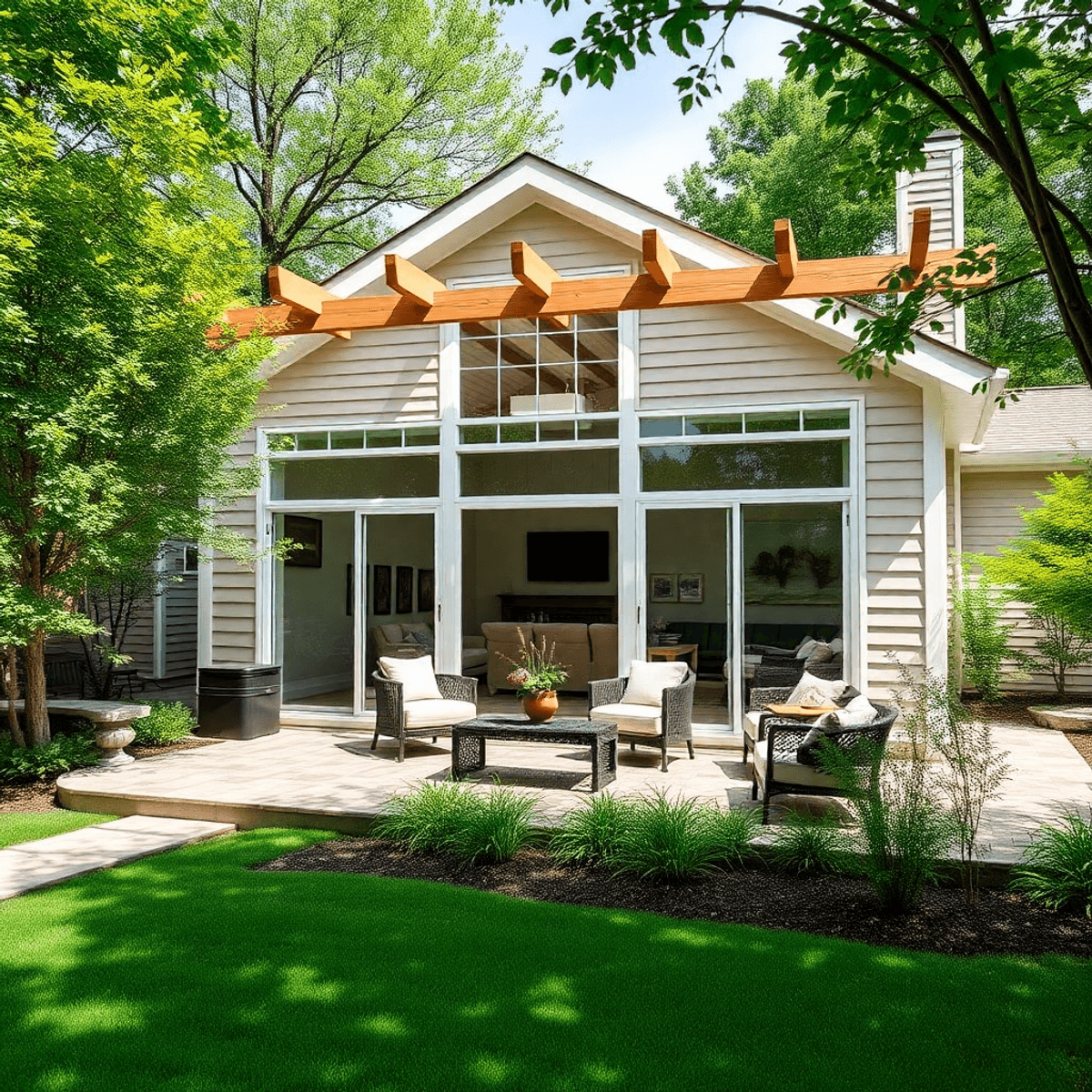
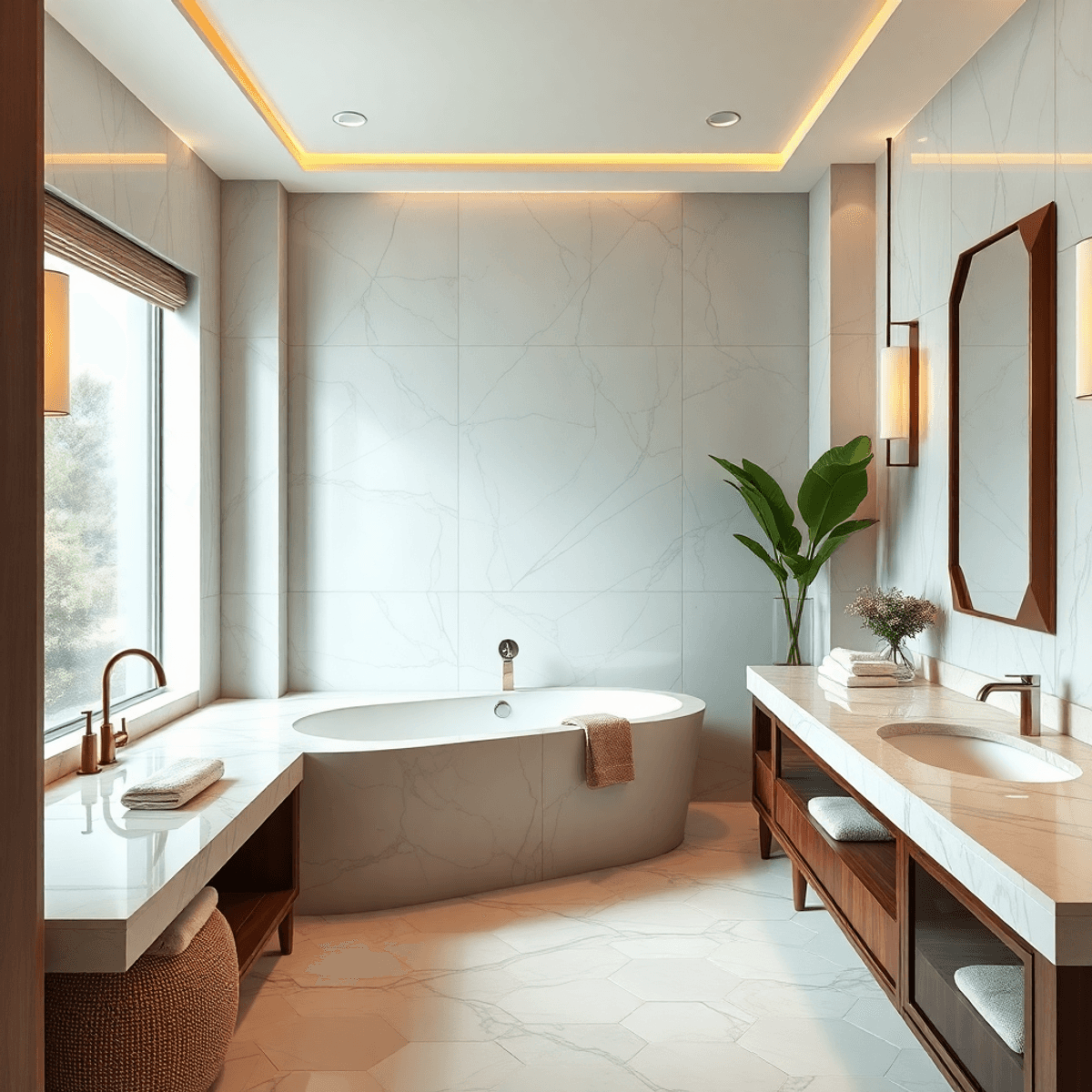
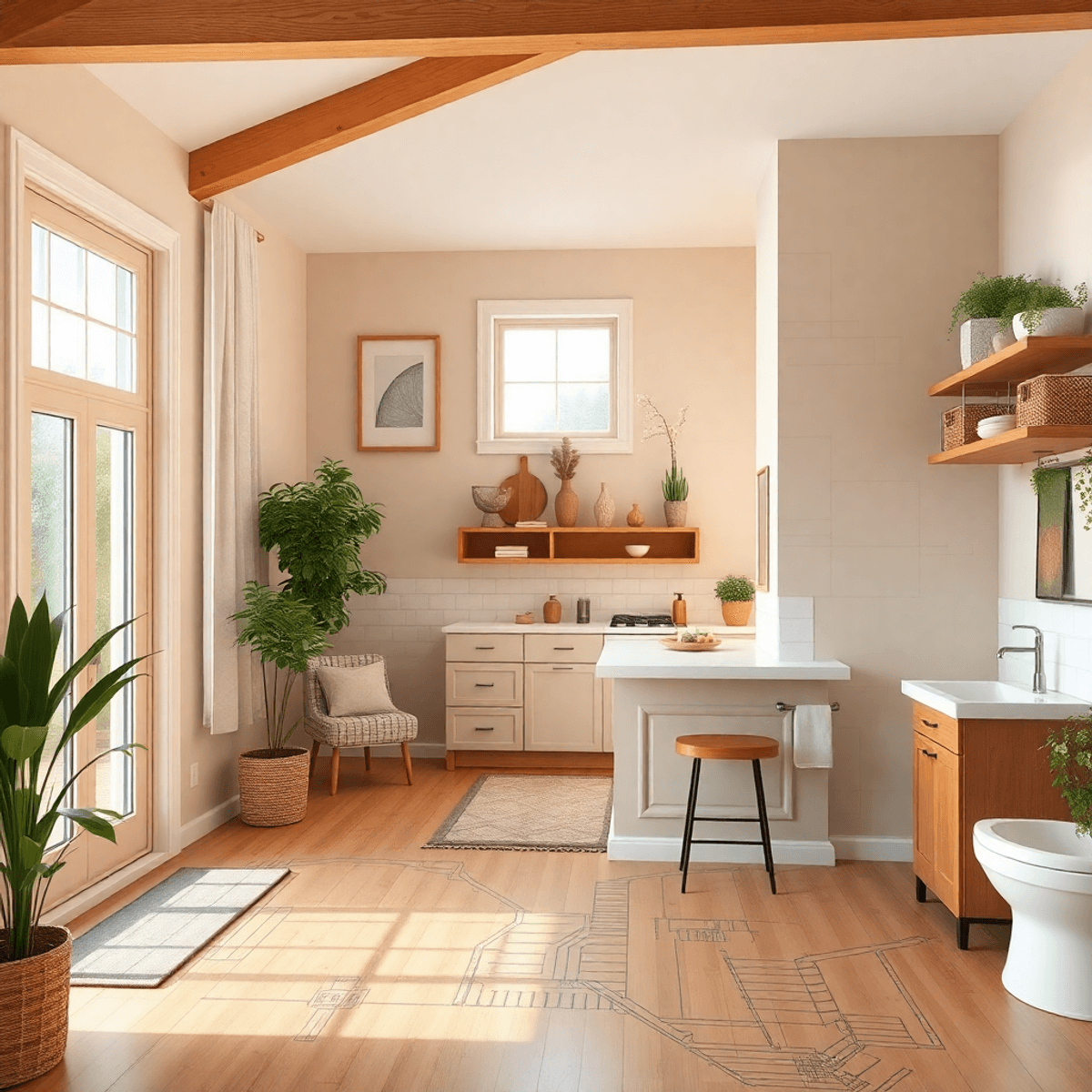
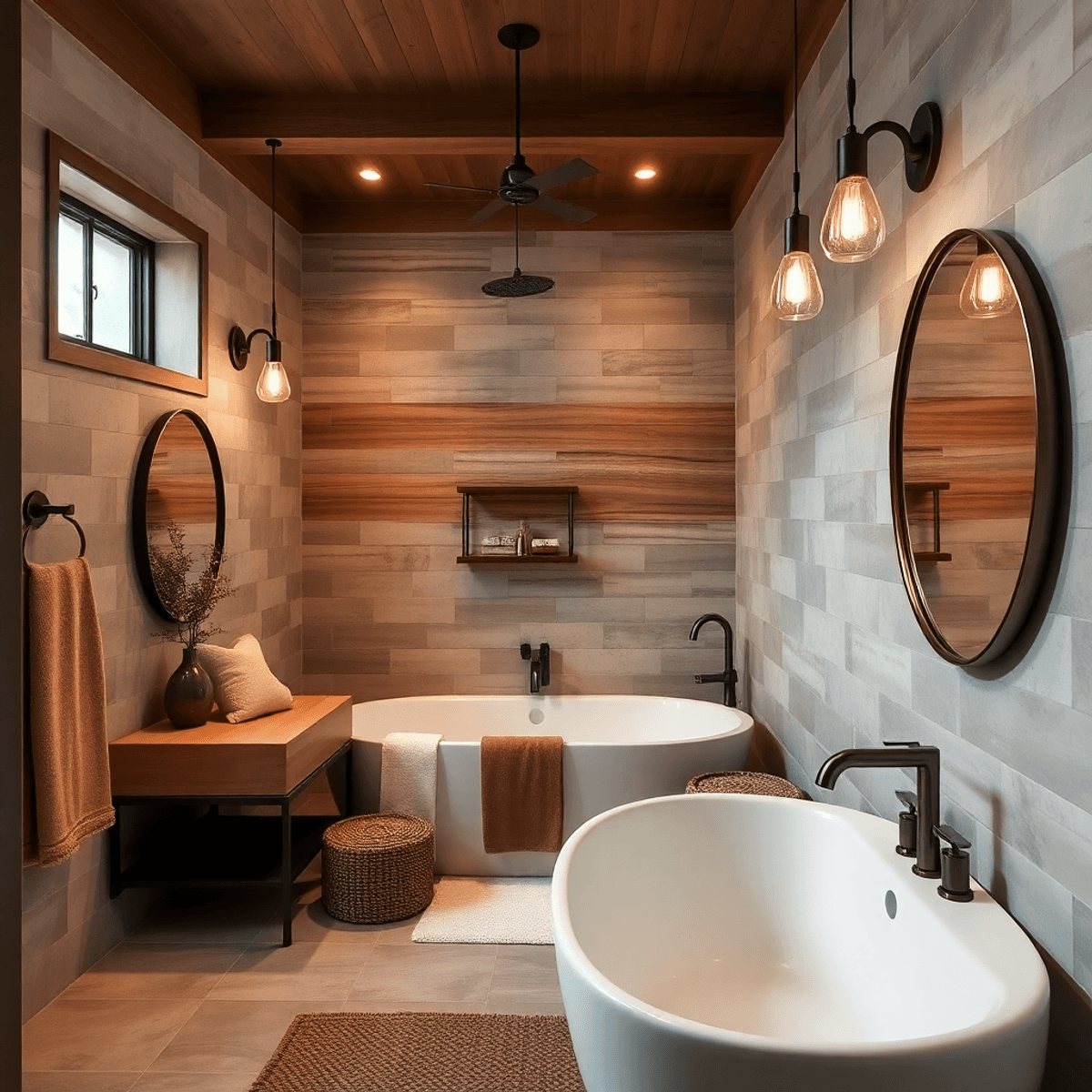
[…] instance, they offer specialized services such as custom kitchen cabinets which provide higher quality and durability compared to big box retailer options. If you’re […]
[…] it comes to sourcing materials, considering custom options from local suppliers offers several advantages over big box stores. Local suppliers often provide […]
[…] if you’re considering a more substantial change, you might want to explore the option of custom kitchen cabinets which can offer design flexibility and quality that big box retailers may not provide. Opting for […]
[…] tasks that require specialized skills. For instance, they provide insights on whether to opt for custom kitchen cabinets or big box retailer options, helping you make informed decisions during your […]
[…] considering cabinetry, moisture-resistant cabinets offer both functionality and design appeal. These cabinets prevent damage caused by humidity or […]
[…] aspects. For instance, when considering kitchen renovations, you might wonder whether to opt for custom kitchen cabinets or go with big box retailer options. Their insights can help you make an informed decision based on […]
[…] However, when it comes to choosing the right cabinets, homeowners are faced with a decision between custom kitchen cabinets or those from big box retailers. Each option has its own set of pros and cons regarding design, […]
[…] bathroom remodel aligns with both style and function. For instance, when it comes to selecting custom kitchen cabinets, there are significant design, cost, quality, and durability differences that a general contractor […]
[…] materials like granite or marble countertops, custom cabinetry (which you can learn more about here), top-of-the-line appliances, and professional-grade […]
[…] custom kitchen cabinets can also be part of an eco-friendly remodel. These cabinets can be designed to use sustainable […]
[…] kitchen becomes a statement piece reflective of your unique style. Whether you’re considering custom kitchen cabinets or looking for innovative solutions, let them guide you through the process with professionalism […]